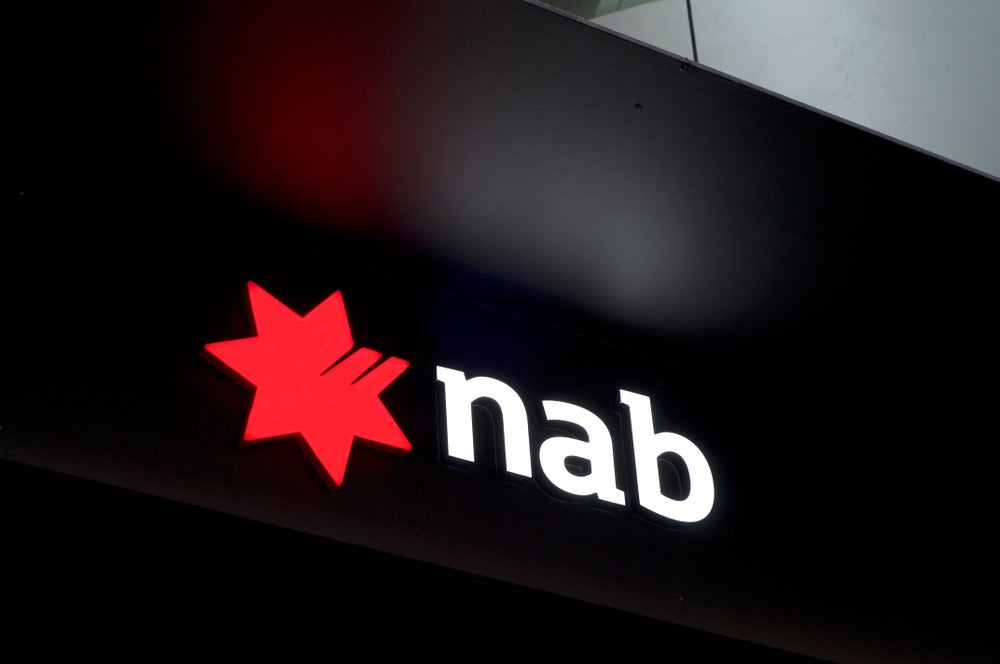Improving the design and usefulness of the branch is one of the key questions for banks in 2014. Soaring costs and disenfranchised customers mean branches are ripe for a revolution. Billy Bambrough examines the latest trends in branches and where will end up
Branches of the future are 10 a penny on the pages of RBI and all follow a common theme: fewer behind-the-counter staff; more screens; brighter colours, open plan. It’s a pretty tried and tested formula now for banks and except for a few hold-outs its increasingly rare to find a big bank unable to boast their very own branch of the future.
Chase is the latest to announce the opening of a branch of the future and it follows the familiar design that we have grown to expect. Not that we expected it from Chase though, as the bank continues to buck the branch trend and opened 89 branches in 2013, giving it a total of 5,697.
Despite this wider distribution strategy of continuing to open branches, the long term goal of the bank is to add another 900 branches in the years to come, Chase is as powerless to resist the branch revolution as anyone else. In this flagship redesign the bank is tacitly admitting that in the future branches are going to look a lot different to the ones they are currently developing.
Screens, bright colours and open plan
According to Chase, nearly 70% of their customers visit a branch once per quarter, although whether this is due to a desire to or out of necessity is not clear. Customer research shows that people are still keen to use the branch for complex transactions, purchasing bigger products, and the personal service but is Chase just throwing good money after bad in expanding a channel that is in steep decline?
Last year Chase’s branch expansion strategy was strongly criticized by Mike Mayo, an analyst at brokerage firm CLSA, who called it "a last-century approach." And that doesn’t seem to have changed.
A spokes person for the bank says: "We have been rethinking our branch model, with the focus on "assistance" rather than "transactions." This means more self-serve technology in the branch, fewer tellers, and more staff that are able to sit down with a customer in a private office and help them with what they need.
" It means more mortgage specialists, investment specialists, small business experts, located inside the branch. More personal offices, fewer teller booths."
The size of the branches is also expected to take a hit in the "rethink".
Smaller, not fewer
While all the new branches that Chase is building have this new format – self service technology up front, high-top tables, adorned with gadgetry for employees to teach customers about the wonders of mobile banking, employees wandering around the branch to make sure no opportunity for a sale is missed, fewer tellers, and more private offices to make the customer feel valued.
Chase has a mammoth task ahead as it aims to referb all existing branches and has so far only ploughed through 300 out of 5,700 total.
Constant customer engagement
iPads aren’t the only shiny new tech to be a common sight in the generic branch of the future. Multi-function ATMs, super-sized LED TVs, interactive wall displays, and digital PFM tools are all a regular feature. Enough personal computing power to dupe the customer into thinking that they are in an Apple Store not a bank is cheaper than the labour costs though and even a truck load of new toys means these branches are still coming in with a considerably smaller bottom line than traditional branches.
The strategy at Chase is similar to the rest of the banks in the US in terms of projected employee reductions. Already in the past two years the bank has reduced its overall branch staff by 7,000 (from 60,000 to 53,000), and that trend will continue as digital capabilities and consumers’ embrace of self-service combine to redefine the role of branches. JPMorgan Chase confirmed that its headcount will be reduced by 5,000 people in 2014.
The goal, as outlined in the banks February investor presentation, is to end 2015 with expenses about $2bn lower than 2014 expenses.
Branch reduction doesn’t appear to be an end in and of itself, the strategy is to "optimize the branch network" with smaller branches (2,500 to 3,5000 square feet versus an average 4,400) and less density.
"The Chase branch network of the future will be more efficient, automated and consultative," with less transactional staff (two tellers per branch compared to what historically has been four). But while headcount in the "branch of the future" will be less, the percentage of those workers who are considered "advisory staff" will increase from 40% to 60%. Overall branch staff has been reduced by 7,000 people over the past two years, the bank reports.
How well do you really know your competitors?
Access the most comprehensive Company Profiles on the market, powered by GlobalData. Save hours of research. Gain competitive edge.

Thank you!
Your download email will arrive shortly
Not ready to buy yet? Download a free sample
We are confident about the unique quality of our Company Profiles. However, we want you to make the most beneficial decision for your business, so we offer a free sample that you can download by submitting the below form
By GlobalDataIn its presentation the bank notes that a higher percentage of its branches are in a "growth phase" (11% are less than three years old, 23% are three- to 10-years old) compared to five of the largest U.S. banks (Citibank, US Bank, PNC, Wells Fargo, Bank of America).
Ultimately, though, it’s all about digital, and driving "digital engagement" and "[improving] customer experience by providing access through preferred channels." This also extends to the cards and mortgage business.







